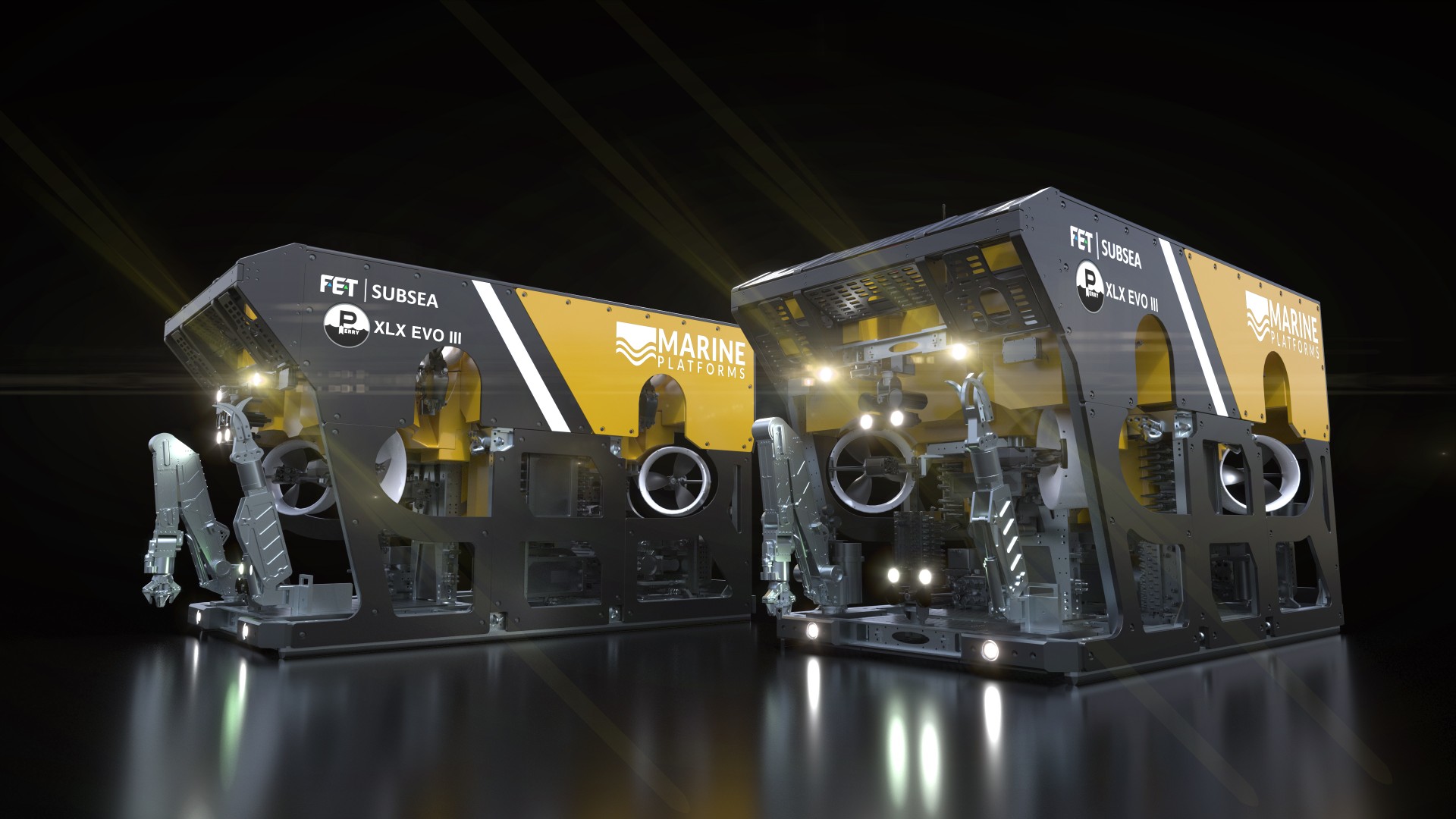Discussion board Power Applied sciences’ (FET) Subsea division has secured a contract to produce two of its new-generation XLX EVO III work-class remotely operated autos (ROVs) to Nigerian offshore operator Marine Platforms Ltd. (MPL). The deal marks the primary business sale of FET’s XLX EVO III mannequin, which represents the most recent evolution within the firm’s heavy-duty subsea car vary.
The ROVs, rated for operations as much as 4,000 m, are designed to carry out a broad spectrum of subsea duties with enhanced energy, management, and payload capability. Every system options upgraded thrusters for higher through-water efficiency and an improved buoyancy package deal, permitting for a 350-kg payload capability.
The brand new design additionally incorporates a CNC-machined, bolted body that improves upkeep entry and tooling flexibility. The autos’ through-frame raise capability has elevated by greater than 30%, to 4,000 kg, in comparison with the earlier XLX EVO II mannequin.
Each ROVs will embrace FET’s next-generation ICE Unity management software program and up to date pilot interface methods, enabling superior automation, distant monitoring, and 24-hour operational assist.
Kevin Taylor, FET’s Vice President of Operations – Subsea, mentioned the contract reinforces the corporate’s long-standing relationship with Marine Platforms and its rising presence within the West African subsea market.
“We’re thrilled to be bringing our next-generation work-class ROV out of the testing pool and into motion off the West African coast,” Taylor mentioned. “Demonstrating FET’s newest expertise within the discipline will strengthen our place on this vital area.”
The ROVs can be constructed at FET’s Kirkbymoorside facility in North Yorkshire, U.Okay., with supply anticipated in Could 2026.
FET’s fleet of work-class ROVs helps subsea operations throughout the worldwide oil and fuel, renewable power, protection, and telecommunications industries. The corporate’s newest contract follows a collection of current challenge awards, underscoring continued demand for superior subsea robotics and intervention methods.

